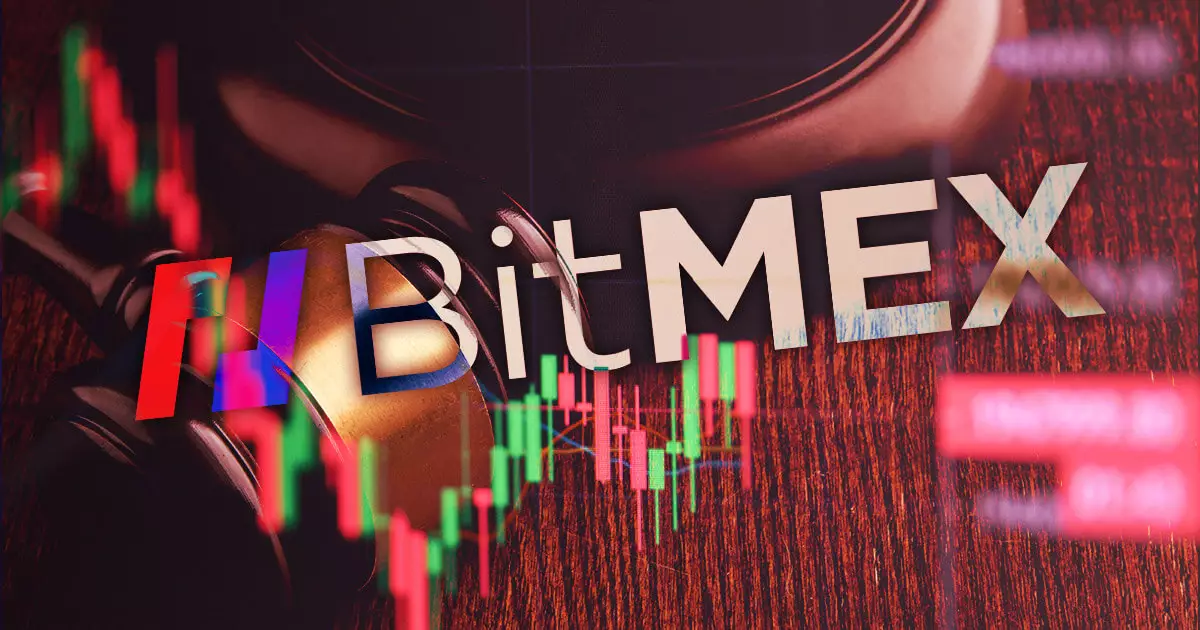On January 15, 2024, the U.S. Department of Justice (DOJ) announced that BitMEX, along with its parent company HDR Global Trading Limited, was slapped with a hefty fine of $100 million following a guilty plea for breaching the Bank Secrecy Act (BSA). The saga began with allegations that BitMEX exhibited insufficient measures in countering money laundering and verifying customer identities—a significant risk in the evolving world of cryptocurrency trading. Initially, the DOJ demanded sanctions that could have surpassed $200 million, later inflating that figure to a staggering $420 million. Ultimately, the court’s decision resulted in a reduced penalty, allowing both BitMEX and HDR to express their discontent with the proceedings.
In a public statement, HDR articulated its disappointment with the final verdict but expressed relief that the penalties were substantially less than the DOJ’s earlier requests. They took this opportunity to criticize the drawn-out legal procedures, suggesting that taxpayer resources could have been utilized more effectively elsewhere. Such reflections highlight a broader sentiment in the financial and cryptocurrency sectors: the necessity for swift and efficient legal processes, especially when addressing corporate compliance issues. This case serves not just as a cautionary tale for BitMEX but also for other players within the crypto industry wrestling with regulatory compliance.
Despite the legal setbacks, BitMEX stresses its commitment to improving compliance standards, claiming that their approaches to anti-money laundering (AML) and know-your-customer (KYC) initiatives have evolved significantly. The company has reportedly rolled out a “best-in-class user verification program” to mitigate previous deficiencies. However, the challenge remains whether these enhancements can be viewed as credible and effective by regulators and users alike.
They assert that their compliance overhaul represents a complete turnaround from prior practices, insisting, “Our compliance standards have transformed dramatically since the time of the BSA charge.” This assertion raises essential questions about accountability in the sector and the practical implications of such measures.
Navigating the Future
Moving forward, HDR and BitMEX face the Herculean task of restoring their reputation amidst ongoing scrutiny from regulators worldwide. The company is acutely aware of its image in the marketplace and claims it aims to shift focus towards product and service innovation. Their promotional messaging encapsulates an intent to reshape perceptions, emphasizing a commitment to “industry-leading security and operational stability.”
Despite ongoing challenges, BitMEX remains adamant about its role as a pioneer in cryptocurrency trading, promoting high-leverage perpetual contracts to attract traders. Their messaging indicates a desire not only to survive the current regulatory landscape but to thrive by introducing enhanced solutions for their users globally.
As BitMEX attempts to navigate its legal and regulatory roadblocks, the outcome of this penalty holds profound implications. Companies within the cryptocurrency space are closely monitoring how BitMEX manages its fallout and compliance obligations. Whether HDR and BitMEX can redeem their standing as a trusted exchange will depend significantly on their future actions and adherence to stringent regulatory frameworks. For now, this ongoing saga serves as a reminder of the complex interplay between innovation and regulation in the rapidly changing world of cryptocurrency.

